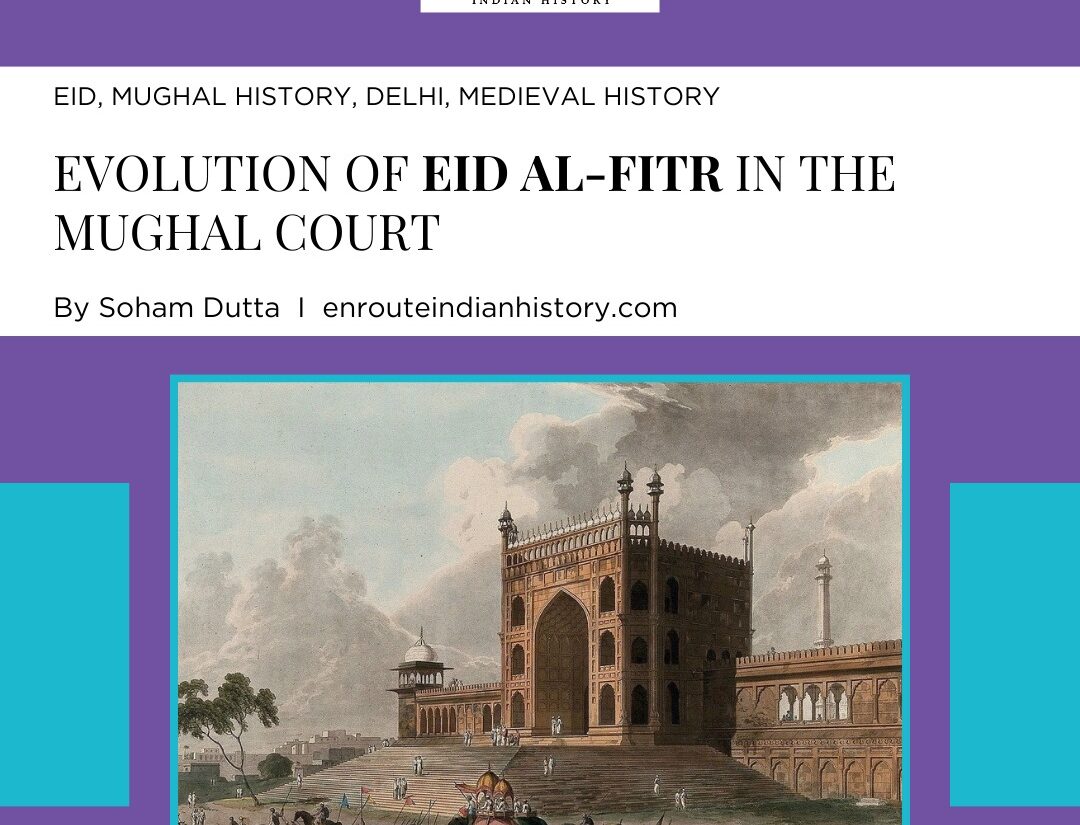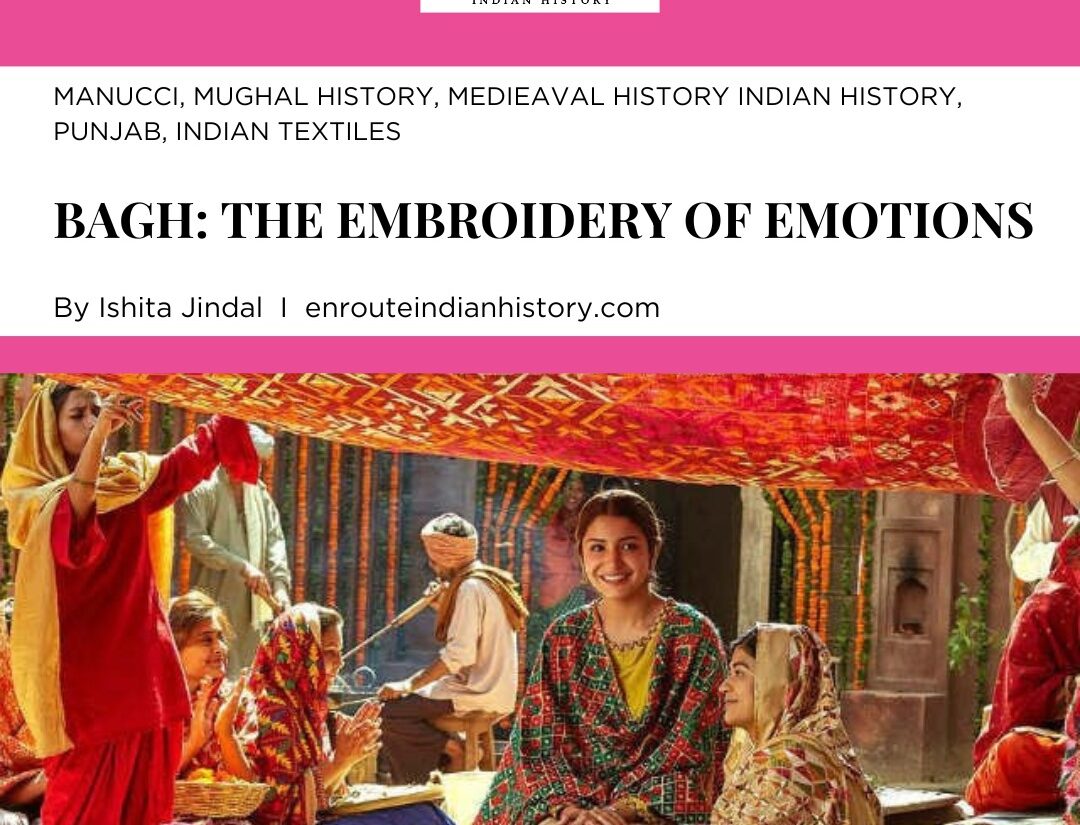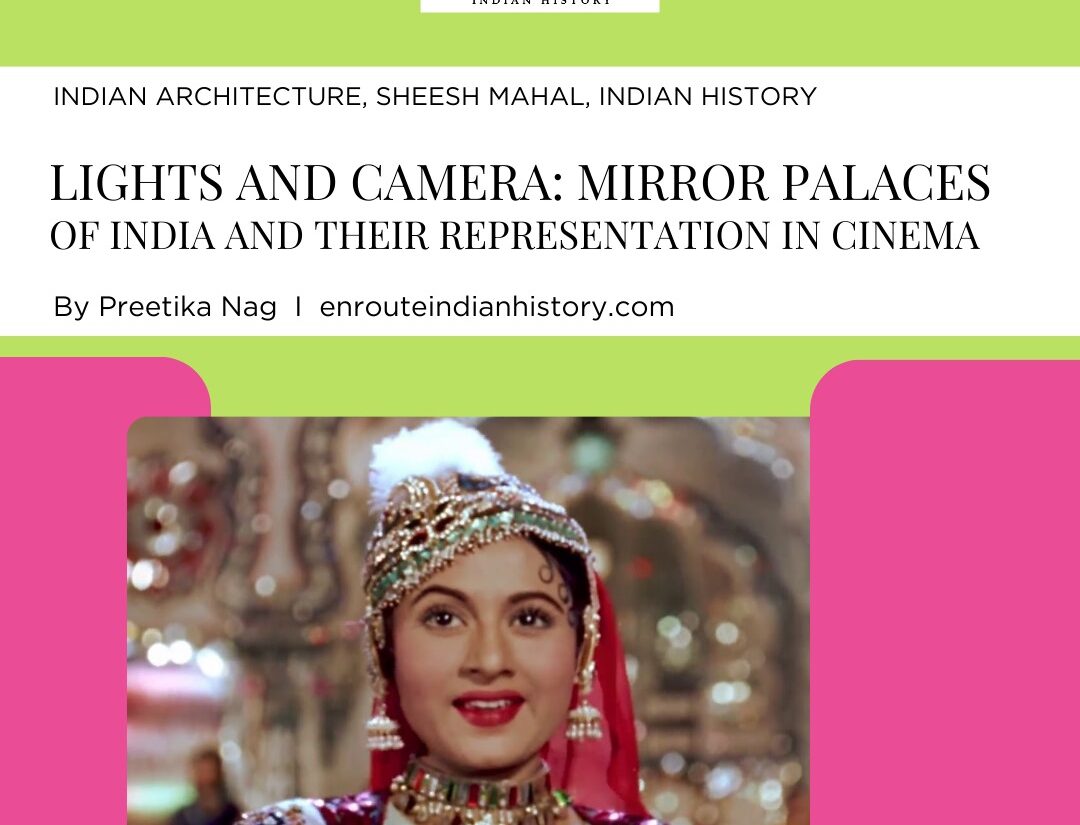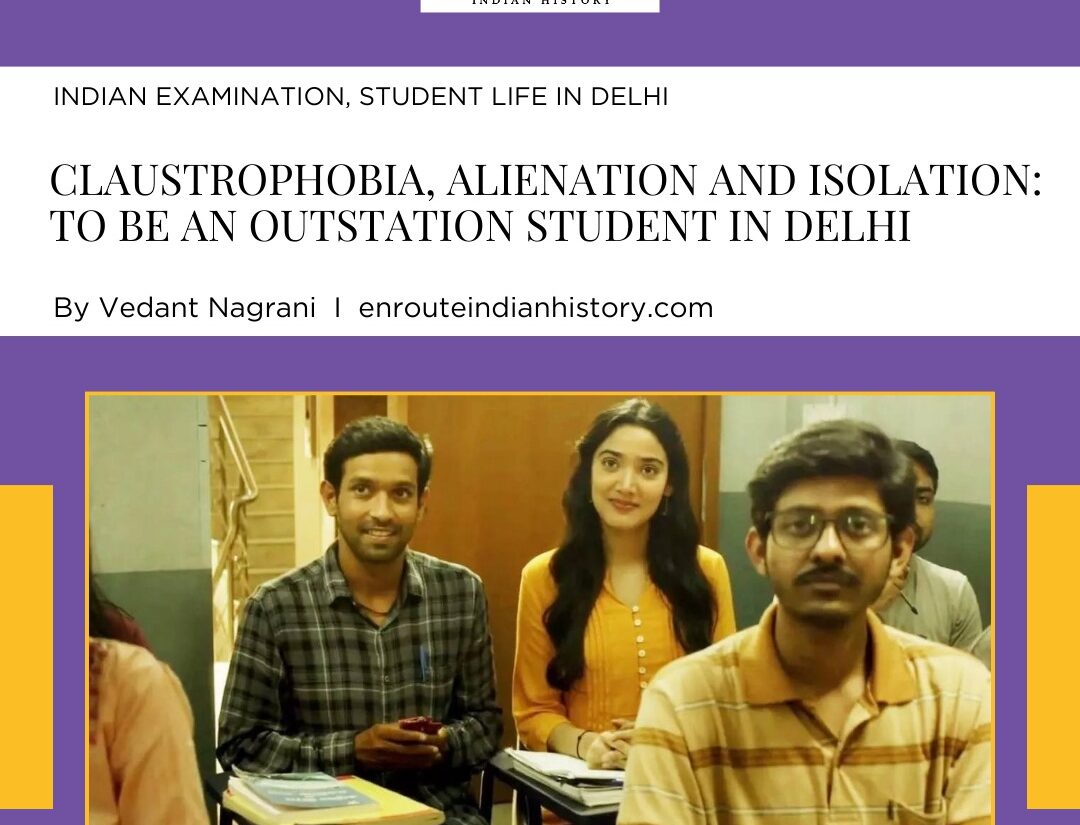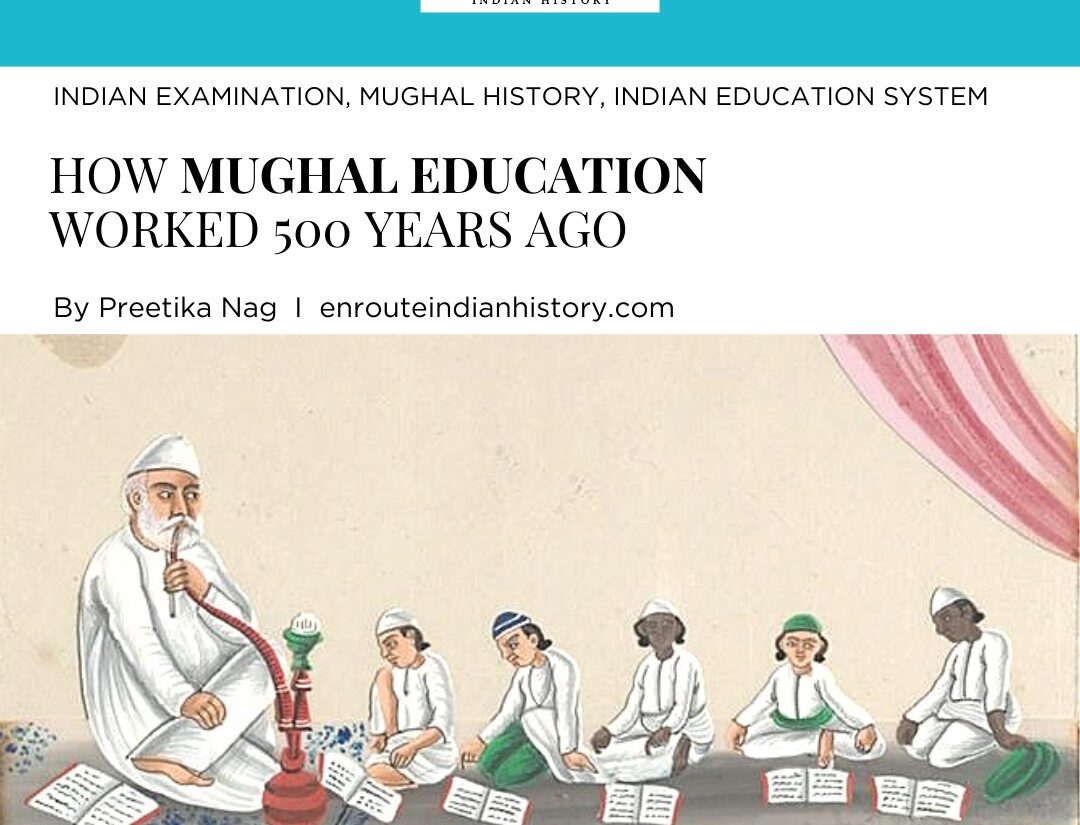
The field of education has always been seen as a charitable endeavor for elites and others across our history, as embodied in the ancient Indian saying – ‘Vidhya daan, Maha daan…’ We know the grandeur of education in the ancient Indian education system through the evidence of Nalanda, Vikramshila, and Taxila Universities, but we also know that caste and social hierarchy also played an important role in the dissemination of education that made it limited to certain sections. At the advent of the Muslim rule in India scope of education was mostly reflective of Islamic paradigms related to education that emphasized the importance of education in building civil and able-bodied men that would contribute to the development of not just the state, but also the cause of Islam. Under the Mughal History period, we see that the Indian education system was thoroughly developed for not only the creation of able men in service of the state but also as a means of charity and endowment of the highest stature. Under the Mughals, we witness that state and religion were intertwined through grants, patronages, and even initiatives to develop educational institutions in the form of Maktabs, Madarsas, and even Pathshahlas for the Hindu pupils.
ROYAL REFORMS AND CONTRIBUTIONS
The Mughal Empire was established under Zia-Uddin Babur in 1526 when he won the Battle of Panipat from Ibrahim Lodi. He was a learned man known for writing his autobiography – The Baburnama- and as the first Mughal emperor he made sure to focus his reign not only on political acquisitions but also on the socio-cultural development of his newly conquered territory. He set a standard protocol for his successors under whom the system only furthered and developed, especially during the Age of Akbar who is considered to be the greatest ruler and consolidator of the Mughal Empire in India. It was under him we observed the syncretic approach to all aspects of the state and its being, especially the Indian education system. It was only by the time of Aurangzeb that we witnessed a turn back to the orthodox Islamic notion of education and its implementation across the state apparatus.
It was under Babur that the earliest approach towards consolidating education in the administrative apparatus was through the Public Works Department – Surat-i-Am, which was given the responsibility to construct educational buildings and infrastructures. Himself a learned man, an autobiographical author, and a master prose writer he entitled ‘Baburnama’ as well as ‘Mufazzal’, he made sure the education system became the duty of the state under the paradigms set up by his homeland and other Islamic kingdoms of Transoxiana. He was also a calligraphist and invented his own handwriting known as Baburi-Khat.

(Fig.1 Mughal Emperor Babur showcasing his fondness of books)
(SOURCE: Sahapedia.org; Away from Home, How Babur Versified his Pain of Exile and Homelessness)
He passed this vigor for education and literature to his son Humayun, who although had a short reign, had a similar emphasis on the encouragement of education and friendship with learned men such as Mir Abdul Latif. He was fond of the sciences of astronomy and geography. Historians of the time tell us he constructed globes and tools for studying these sciences he was so fond of. Both Babur and Humayun had huge libraries themselves with manuscripts of prestigious texts. Humayun was so fond of reading he carried books on his military expeditions and transformed Sher Shah’s pleasure house into his library, as well as established various educational institutes at Delhi, Agra, and Jaunpur that became important learning centers.
It was under Akbar, we see for the first time the syncretic approach towards the Hindus as a means of expanding his empire. Always commended for his approach and implementation of inclusive nobility, Akbar extended the same vision towards Hindu pupils by implementing a curriculum that included both Muslim and Hindu pupils of the elite sections into a single Indian educational system. For this purpose, we see the establishment of translation departments to increase intercultural dialogue and education. Many argue that the ruler himself was unlettered, but today that contention is not held up due to his achievements in the field of education. His court historian the famous Abul Fazl tells us of the innovative method of the traditional Indian educational system that he implemented in the curriculum. Also under his reign, his aunt Gulbadan Begum wrote the text Humayunama¸ that suggests that in the Mughal period, women of at least the elite echelons were also lettered. There is evidence of employment of private women tutors for elite female students within their households by rich merchants and nobles, while the boys attended formal schools. He established an institute for Mughal women’s education in the name of his nanny Maham Anga at Fatehpur Sikri, while also developing Agra and Lahore as important centers of learning. Akbar was the first Muslim ruler to implement the new, economical system of ‘writing before reading’ in the Indian Education System. There was a focus on topics such as morals, arithmetic, geometry, household matters, astronomy, rules of government, medicine, logic, history, etc. that only expanded the secular transformation of the entire polity and state apparatus during his reign. He also introduced the learning of Sanskrit and Persians for Muslim and Hindu students respectively who wished to rise to official positions. In Sanskrit teaching, grammar, medicine, and Vedanta were also introduced.

(Fig.2. Mughal Emperor Akbar who reformed the Indo-Islamic education in the Indian subcontinent)
(SOURCE: Medium.com; King Akbar)
Jahangir was a man of science and was fascinated by the natural world. In his autobiography, he very keenly noted a lot of his observations about the flora and fauna he observed across the empire. He surrounded himself with various learned men as well as added to the Imperial Library and employed Muktab Khan as head Librarian. He also established new educational institutes and also patronized the repairing and financing of many others. Under his son, Shah Jahan various educational institutions were opened up such as Imperial College near Jami Masjid and the madarsa known as Dar-ul-Baqa at Delhi, as well as similar structures at Lahore, Sialkot, Jaunpur, etc.
It was only under the reign of Aurangzeb that there was a callback to orthodox Muslim education that dismantled Akbar’s syncretic setup of educational establishments. He promoted very little Hindu education while focusing primarily on the education of Muslims. He established Madarsas at Delhi, Lucknow, Sialkot, Ahmedabad, and Agra with the main motive to teach religious texts such as the Hadith and the Quran to the students and focus only on religious education-related subjects. His notions and reputation of religious bigotry are reflected in the education policies as well. But he did encourage the education of women inside his harem, which suggests some form of open-mindedness.
PROCESSES, INFRASTRUCTURE AND MEDIUM OF EDUCATION
The Quran was the basis of Islamic education, therefore the Mosque or Masjids was not only the religious center but also the educational center for Muslims; the same continues today as well. Any pupil began their primary level of schooling at Maktabs set up inside the courtyard of a masjid or Sufi khanqahs, under teachers known as Maktabdars, also known as the Imam of the Mosque. The beginning ceremony was known as the Bismillah Khwani / Abjan Khwani/ Tasmia Khwani in the name of God, which can be understood as parallel to any initiation practices across all religions. The ideal age for this ceremony was four years, four months, and four days attended by close friends and family. At maktabs, education began with the writing of the alphabet and learning them by memory. Sometimes younger female students joined the maktabs, highlighting the presence of co-ed practices at younger ages. For further and higher education the students shifted to Madarsas similar to secondary and senior secondary schools today where they were taught in Persian on various religious and secular matters of their interests through lectures and discussions.

(Fig. 3. An ideal portrait of a Maktab or Madarsa during the Mughal Times)
(SOURCE: South Asia Journal; Ancient and Mughal Education System: An Effective Comparison, Dr. Rajkumar Singh)
Meanwhile, the Hindu students were taught by Munshis and went to Pathshahlas located within Hindu religious compounds patronized by Hindu nobles and merchants. The main center of Hindu learning was at Benaras at this time and the name of Mirza Jai Singh, a high noble of Akbar’s time is associated with the patronage of this center. Madarsas became commonplace in higher education for both Hindu and Muslim elites. There is also a known presence of Maulvis for private tuition for students of the upper and higher sections of society who preferred exclusive education for their children, especially the Princes and close royal family. Similarly, for Hindus there existed Munshis who also privately tutored students of higher nobility and rich merchants. There is also evidence of the existence of various Karkhanas, which existed for vocational training in various crafts and occupations to train young apprentices in specialized sectors such as metallurgy, painting, leatherwork, etc.
THE CONCEPT OF EXAMINATIONS AND SCOPE OF EDUCATION UNDER MUGHALS
There is enough information regarding education under the Mughals, but there are rarely any mentions of examinations or any such methods of testing any pupil’s knowledge to assess their capabilities or even progress. Perhaps, the educational system under the Mughals was more lenient and rational in training individuals for the real world than focusing on methods of rote learning. We have evidence of appreciation of individuals being acknowledged for their superiority in certain subjects and/or particular skills; artists, authors, scientists, musicians, and military experts were all abundant at the Mughal court. Due to the lack of printed books in this era, the focus was on building the memory of the child. Rather, the child was either given special attention or rebuked for this accordingly. At the primary level, the teachers took examinations of the student’s ability to recapitulate, i.e. ‘Amokhta.’ At later stages, there were examinations twice a week on a similar principle to check the students’ eagerness to learn and study. However, unlike today, no child was held back if there was a lag in their attainment of knowledge. The ultimate focus was more on the individual development of well-rounded citizens of the state that would add to the prestige of the Mughal Empire across all their dominions. However, education remained an exclusive and perhaps a more elitist concept as the majority of the citizens were still illiterate and gained their news and information only through oral dissemination.
The ideas surrounding the Mughal notion of examination aren’t so dissimilar to what we follow today with a focus on rote learning and memorization of a set syllabus. However, the sympathetic or perhaps practical focus on students falling behind or rebuking/punishing them rather than holding them behind a year was something very unique to this system. The emphasis was on knowledge attainment not the gaining of a position or a specific score as it is today. However, certain new features are being added to the Indian education system today that we can see parallels in the Mughal History such as the focus on vocational training of students as well as their academics.
We witness the evolution, sustenance, and collapse of a unique education system under the Mughals that was carried forward from the times of the Delhi Sultans but then adjusted and readjusted as per the nuances of each ruler’s reign; under Akabr we see the rise of syncretic education, under Shah Jahan we witness the focus on beautiful architecture, while under Aurangzeb we see harking back to the orthodox and pious Islamic education. Nonetheless, education as a concept of state program, patronage, practice, and apparatus saw massive growth during the Mughal period of Indian History. Due to their rich heritage from the Transoxiana region, the Mughals had a deep connection with education as a symbol of their Muslim identity.
REFERENCES:
- Mandal, Bimal. “Educational Opportunities During the Mughal Dynasty.” International Journal of Creative Research Thoughts. Pp 773-784.Volume 10. Issue 01. 2022.
- Pundir, Rini. “Status of Female Education Under the Mughal Regime.” International Journal of Food and Nutritional Sciences. Pp 1696-1706. Volume 11. Issue 10. 2022.
- Jahan, Nusrat; Obaydullah, AKM. “Contribution of Mughal Emperors in Education.” International Journal of Advance Research and Innovative Ideas in Education. Pp 657-662. Volume 5. Issue 3. 2019.
- Telwani, A. Ahmed. “Muslim Education in India: Historical Perspective.” Journal of Emerging Technologies and Innovative Research. Pp 690-700. Volume 6. Issue 2. 2019.
- Al Hasani, SMA. “Madrasah Education Under Muslim Rulers In India: A Study Of Mughal Emperor.” Journal of Advanced Education and Sciences. Pp 13-18. Volume 2. Issue 1. 2022.
- Jaffri, SZH. “Education and Transmission of Knowledge in Medieval India.” Intellectual Discourse. Pp 79-102. Volume 20. Issue 1. 2012.
- Krishnamoorthy, J. “A Historical Perspective of Indian Education System.” International Journal of Trend in Research and Development. Pp 29-32. 2019.
8. Prasad, S.C. “Islamic Influence on Education During Medieval Period.” International Journal of Creative Research Thoughts. Pp 3402-3404. Volume 8. Issue 8. 2020.
- March 13, 2024
- 8 Min Read
